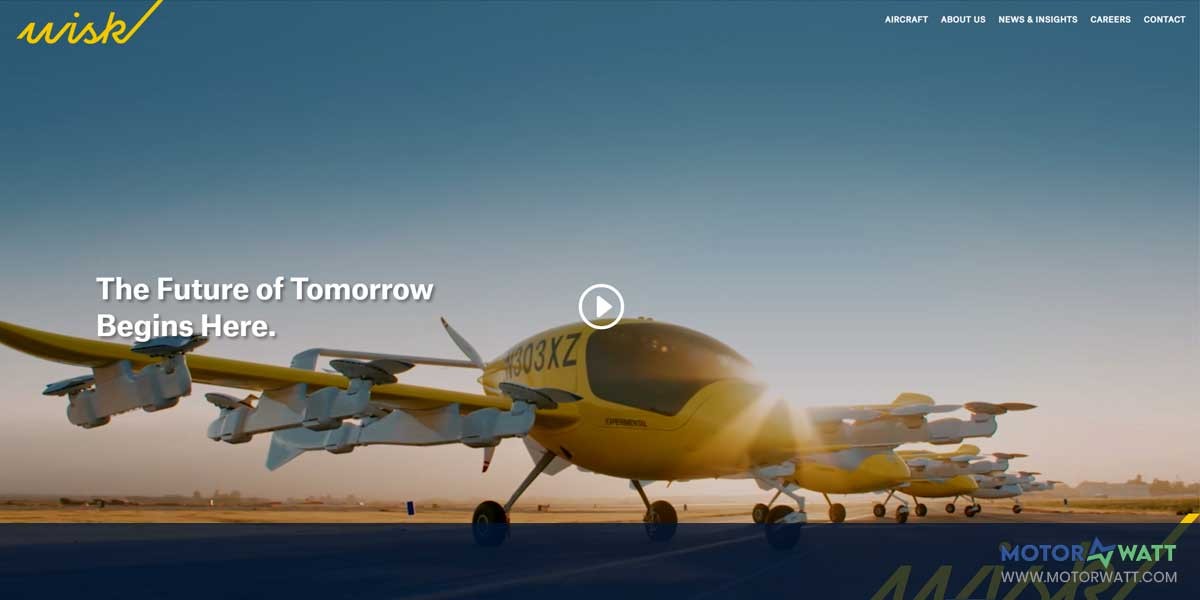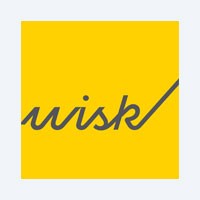Wisk Aero: Boeing-Backed Electric Aircraft Developer
Let’s be honest, flying taxis once sounded like something ripped from a sci-fi movie. But Wisk Aero? They’re dead serious. Nestled in Mountain View, California, Wisk Aero is building self-flying electric aircraft—aka autonomous eVTOLs—with full support from aviation heavyweight Boeing and tech-forward Kitty Hawk. The idea? Zero-emission, self-flying electric air taxis you hail like a rideshare. Born in 2010 and officially rebooted in 2019, Wisk is aiming for real-world deployment, not vaporware, and they’ve got the specs—and test flights—to back it up.
Electric Air Taxi Powered by Full Autonomy
Wisk isn’t hedging bets with halfway solutions. Unlike others slapping a joystick on a drone, Wisk has committed to full autonomy from day one. No pilot’s seat. No manual backup. Just smart flight software, AI-driven sensor fusion, and redundant safety systems. Their electric air taxi is built to fly solo, monitored remotely but flying itself with precision. It’s like the Tesla of the sky—but without a driver. By skipping the human pilot, they’re also slashing costs and making flying more accessible. This isn’t a tech flex—it’s a practical path to scalable urban air mobility.
Over 1,500 Test Flights and Global Trial Sites
While some eVTOL startups are still pushing renders, Wisk Aero’s racked up more than 1,500 full-scale test flights. That’s not marketing fluff—it’s raw data shaping their certification process. And they’re not just buzzing around the Bay Area. Wisk tests aircraft in Georgia’s urban air corridors and even New Zealand’s diverse airspace. This international footprint gives them a regulatory edge and real-world flight insights most rivals don’t have. FAA certification for eVTOLs isn’t a walk in the park, but Wisk’s fleet is already knocking on the agency’s door.
Sustainable Electric Propulsion for Green Skies
Wisk Aero’s aircraft are 100% electric, with zero tailpipe emissions and whisper-quiet flight profiles. That’s a big win in a sector under pressure to clean up its act. Their electric propulsion system is engineered for short-haul, high-frequency travel—ideal for city commutes and cross-town hops. Think 25 miles in 10 minutes without smog or engine roar. And forget gas stations; these birds charge up with renewable electricity, setting a new benchmark for eco-friendly aviation. For a sector often criticized for carbon output, Wisk’s clean-sheet design offers a much-needed reset.
Boeing and Kitty Hawk: The Brains Behind the Wings
Wisk Aero isn’t flying solo—figuratively or literally. Their joint venture blends Boeing’s aerospace muscle with Kitty Hawk’s Silicon Valley speed. Boeing provides decades of flight certification experience, airframe expertise, and funding muscle. Kitty Hawk brings the nimbleness and innovation you’d expect from a startup tackling moonshot tech. Together, they’re a rare pairing of institutional knowledge and startup grit. This synergy is what lets Wisk move faster, safer, and more confidently than most of its competitors. It’s not just a cool project—it’s backed by two serious players with deep skin in the game.
Designing eVTOLs with Safety as Priority One
Flying cars aren’t going anywhere unless people trust them. Wisk knows this, so they’ve built their aircraft with safety as the North Star. The system includes autonomous redundancies, advanced crash-avoidance tech, and rigorous software validation protocols. There’s no skimping here. From materials to code, every layer of the aircraft is stress-tested for failure resistance. The goal isn’t just to meet FAA standards—it’s to exceed them. Wisk’s engineering team treats safety not as a feature but a foundation, knowing full well the public’s first impression will make or break urban air mobility.
View all Products Produced by "Wisk Aero"
(where we publish the EV description and EV specs for each model)


